The role mobile ankles play in many fitness pursuits is underappreciated, says Kelly Starrett, DPT, author of Ready to Run, who runs the popular website MobilityWOD.com. When the ankle joint can flex and extend optimally, he notes, it allows you to tap into the strength of your legs, hips, and glutes.
Conversely, when your ankles are tight, it’s as though your strength is locked up. Your legs may have the strength to squat 200 pounds, but without adequate dorsiflexion, you may find it impossible to squat to parallel without your heels coming off the floor and knees lurching dangerously forward.
Immobile ankles not only inhibit fitness, but may also cause pain in the heels, Achilles tendons, calves, shins, knees, hips, and lower back, inhibiting proper gait.
Want to assess your ankle mobility? Stand with feet slightly wider than shoulder width and, maintaining a neutral spine, squat down. If you can’t squat to parallel while keeping your heels down and knees in line with your toes, tight ankles may be the culprit. Starrett recommends these drills, which focus on the connective tissues of the lower body.
Wall Stretch
- Kneel down to position your left knee on the floor and against a wall.
- Step your right foot on the floor in front of you about 21/2 feet.
- Squeeze your glutes and press hips forward until your right hip is fully extended. Leave your hands on the floor, or press up and rest them on your front leg.
- Spend two to three minutes here, then switch sides.
- Kneel down to position your left knee on the floor and against a wall.
- Step your right foot on the floor in front of you about 21/2 feet.
- Squeeze your glutes and press hips forward until your right hip is fully extended. Leave your hands on the floor, or press up and rest them on your front leg.
- Spend two to three minutes here, then switch sides.
- Standing straight, place one bare foot on top of a tennis ball or other small, hard, round implement.
- Gently lean your weight into the ball, and roll the sole of your foot across the surface.
- Roll forward and back, from ball to arch to heel, and side to side, making sure not to neglect the outermost and innermost areas of the foot.
- Sit on the floor with one leg extended in front of you and one leg bent.
- Place a barbell (elevated with plates), wine bottle, or rolling pin — something narrower and harder than a standard foam roller — under one leg, perpendicular to your calf. Starting just above the ankle, roll your leg back and forth.
- Repeat this motion as you work up to the top of the calf.
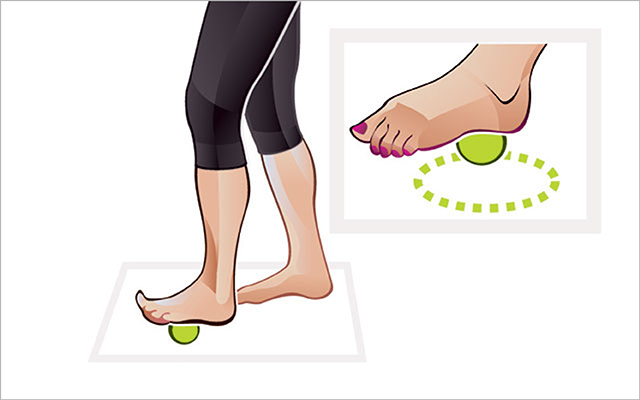

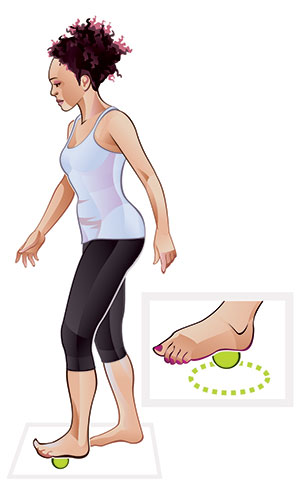
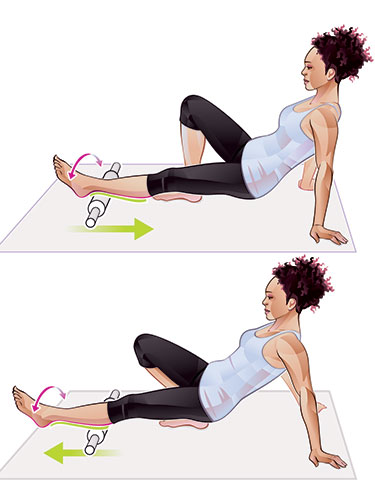

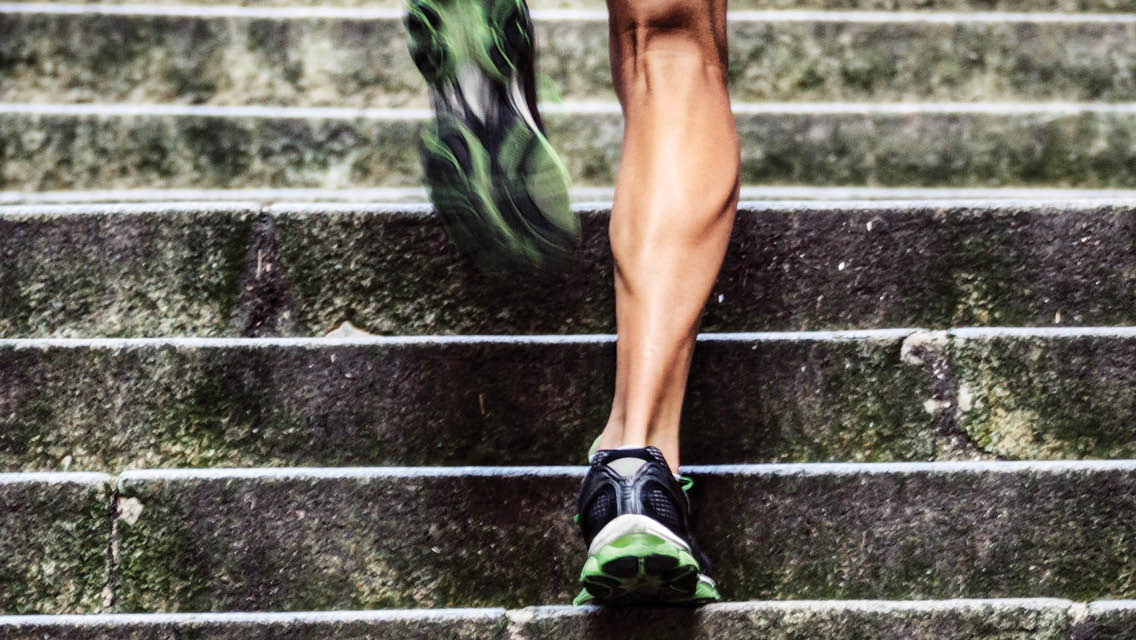
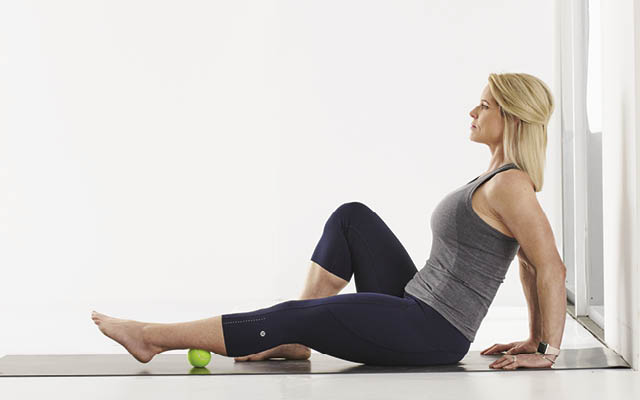
This Post Has 0 Comments